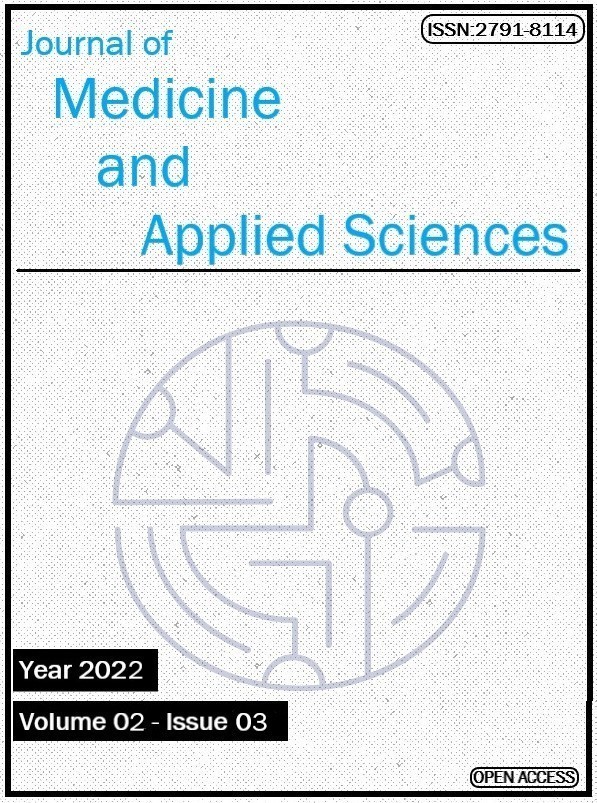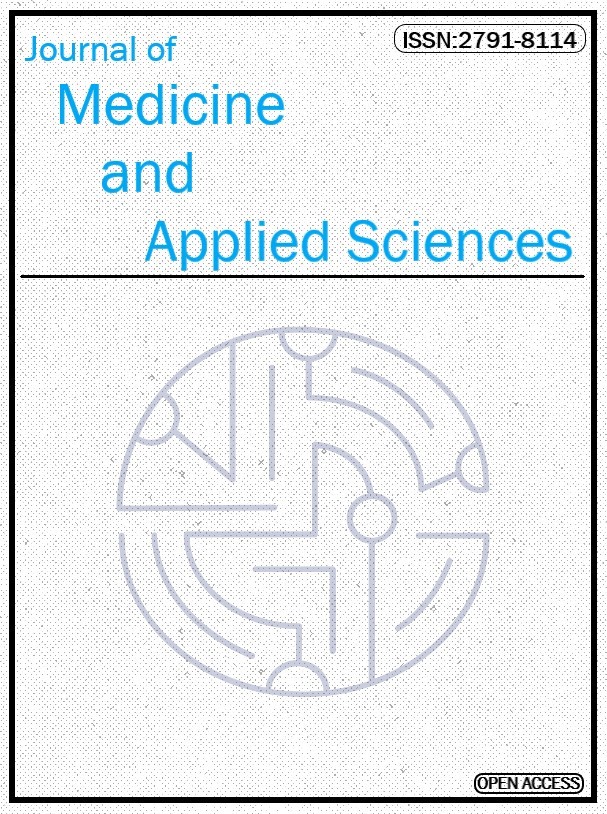The antibiotic resistance of Serratia strains isolated from various clinical specimens
Keywords:
Serratia, antibiyotik, dirençAbstract
Serratia species, especially S. marcescens is a growing problem for public health due to its high resistance and increasing role in nosocomial infections. In this study, it was aimed to determine the species distribution and antibiotic resistance rates of Serratia strains isolated from various clinics in Medical Microbiology Laboratory of Van Yuzuncu Yil University Dursun Odabas Medical Center between January 2006 and May 2018. BD Phoenix 100 (Becton Dickinson, USA) was used for identification of Serratia species and determination of antibiotic resistance rates. Species distribution and antibiotic resistance of isolated strains were investigated retrospectively. During the 13-year period of the study, 210 (84%) were S. marcescens and 40 were other species (16%) [S. plymuthica (17), S. liquefaciens (15), S. fonticola (4), S. odorifera (3) and S. rubidaea (1)] in total 250 Serratia strains were isolated. S. marcescens strains were found to be 100% resistant to cefazolin, amoxicillin-clavulanate, ampicillin and nitrofurantoin. No strains were found to be resistant to amikacin and levofloxacin. When other Serratia strains were found to be 100% resistant to cefazolin, ampicillin and nitrofurantoin, resistance to levofloxacin was not detected in any strains. Empirical treatment of infections caused by Serratia species; piperacillin, piperacillin-tazobactam, aztreonam, carbepenems, aminoglycosides, quinolones and trimethoprim-sulfomethoxazole should be preferred.
Downloads
Published
How to Cite
Issue
Section
License
Copyright (c) 2023 Journal of Medicine and Applied Sciences

This work is licensed under a Creative Commons Attribution-NonCommercial-NoDerivatives 4.0 International License.



